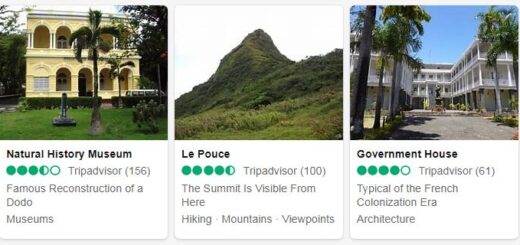Madagascar 2018
Madagascar, a large island off the coast of East Africa, is home to an estimated 26 million people. The population is largely Malagasy, a mix of Bantu and Austronesian peoples who settled the island more than two millennia ago. The economy is mainly based on agriculture and fishing, with some mining and tourism. In recent years, Madagascar has experienced economic growth driven largely by foreign aid and investment. It has strong relations with neighboring countries in the region as well as with France, its former colonial ruler. According to extrareference, Madagascar is a presidential republic with a multi-party system. In 2018, President Hery Rajaonarimampianina was re-elected for a second term in office following a peaceful election process that saw no major incidents of violence or fraud reported. Although the country faces many challenges such as poverty and food insecurity, it has seen some improvements since the end of political unrest in 2009 when President Rajaonarimampianina took office.
Yearbook 2018
Madagascar. According to Countryaah.com, Antananarivo is the capital city of Madagascar, a country located in Eastern Africa. The year was dominated by the presidential election, the first round of which was held in November. In April, thousands of supporters of the opposition demonstrated several times against new electoral laws. They also demanded the resignation of President Hery Rajaonarimampianina. Since the demonstrations were held without permission, the president called them “a coup”. In clashes with police, two people were killed. The unrest finally led the defense minister to appeal to the various camps to find a solution. His statement was also signed by the army chief and the national police chief.
- According to Abbreviationfinder: MDG is an three letter acronym for Madagascar.
According to Presidents Marc Ravalomanana and Andry Rajoelina, they were disadvantaged by the new electoral law, partly because of the conditions for a person to be able to run for president. In May, the Supreme Constitutional Court agreed to the criticism when it ruled that parts of the law contravened the Constitution and thus must be withdrawn.
After negotiations between the government and the opposition, Prime Minister Solonandrasana Olivier Mahafaly resigned in early June in favor of Christian Ntsay, who did not represent any individual party but worked within the ILO (International Labor Organization). In the new government formed, twelve of the 30 ministerial posts went to the opposition, while several former ministers were allowed to remain.
In August, former coup maker and president Andry Rajoelina first announced and then Marc Ravalomanana, also his ex-president, announced their intention to run for president. So did the incumbent Head of State Rajaonarimampianina and in early September, he resigned, 60 days before the election, in accordance with the constitution. Acting President then became Senate Speaker Rivo Rakotovao.
Despite the unrest earlier in the year, the electoral movement was calm. A total of 36 candidates ran, but only the three main candidates were considered to have a real chance of being elected. The election was held November 7. Rajoelina got 39.2% of the vote against 35.3% for Ravalomanana while Rajaonarimampianina had to settle for 8.8%. As at least 50% of the vote is required to be elected, Rajoelina and Ravalomanana met in a second and decisive round in mid-December. In this, about 55% cast their vote on Rajoelina.
In March, Madagascar signed an agreement on a new African Continental Free Trade Area (AfCFTA). A total of 44 countries signed the agreement, which must be ratified at national level in order to apply.



